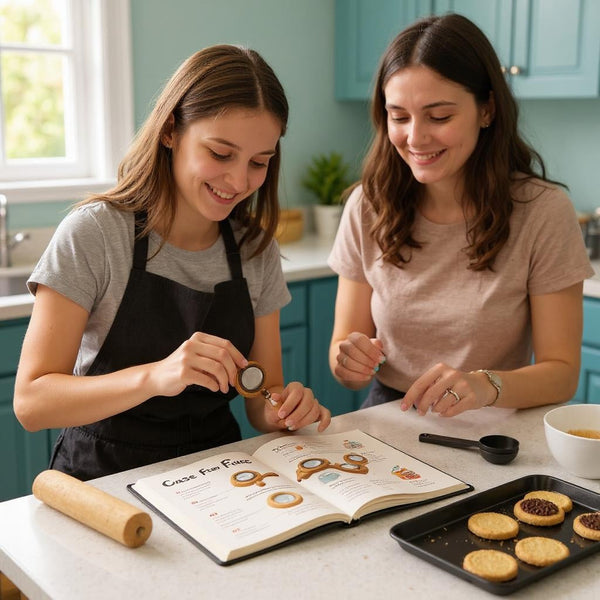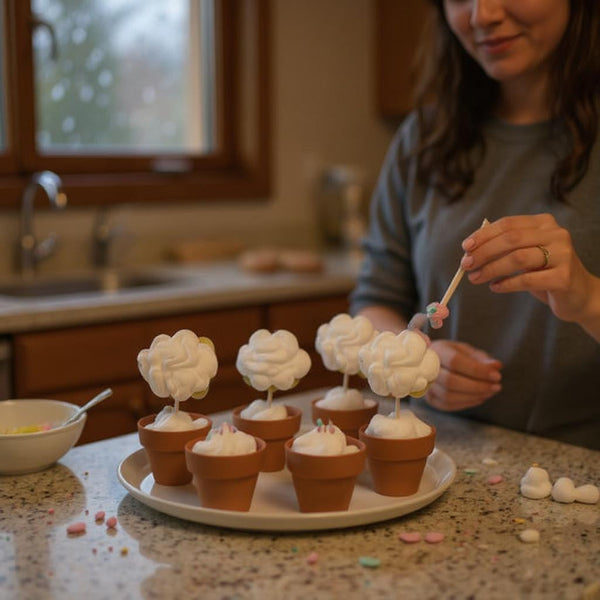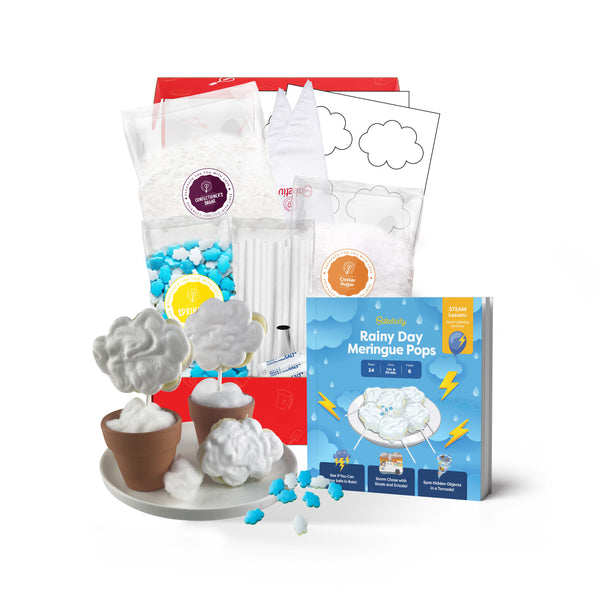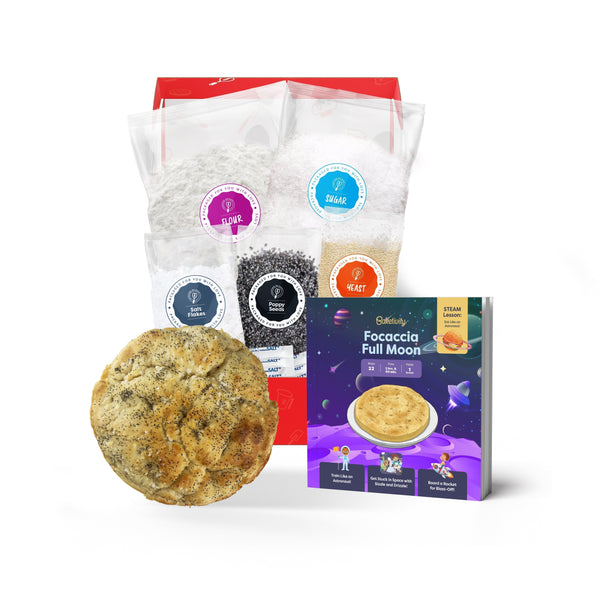Getting kids to eat healthy can feel like an impossible task, especially when they’re drawn to sugary snacks and processed foods. I’ve been there, wondering how to make meals that are both nutritious and something my kids will actually enjoy. The good news? It’s not as hard as it seems with the right recipes and a little creativity.
When you combine wholesome ingredients with kid-approved flavors, dinner becomes less of a battle and more of a win for everyone. From colorful veggies to fun, bite-sized options, there are plenty of ways to make healthy eating exciting for kids. Let’s dive into some simple, delicious dinner ideas that’ll have your little ones asking for seconds—without compromising on nutrition.
Why Healthy Dinners Matter For Kids
Healthy dinners support kids' growth and development by providing essential nutrients. Nutrient-rich dinners, such as those containing lean proteins, whole grains, fruits, and vegetables, strengthen their immune systems and help maintain stable energy levels throughout the day.
Eating balanced dinners improves focus and learning abilities. Studies from the American Academy of Pediatrics indicate that children who consume diets rich in vitamins, minerals, and healthy fats perform better in school compared to those with diets high in processed foods.
Developing healthy eating habits early decreases the risk of chronic illnesses. The CDC reports that diets high in added sugars and saturated fats contribute to childhood obesity, diabetes, and heart disease. Offering nutritious meals daily helps establish lifelong habits.
Family dinners foster positive eating behaviors. A 2023 survey published by Harvard's School of Public Health highlighted that kids engaged in regular family meals eat more vegetables and are less likely to develop picky eating tendencies.
Tips For Creating Healthy Dinners Kids Will Eat
Encouraging kids to eat healthy can be easier with creative strategies. I focus on blending nutrition with enjoyment to make meals both appealing and nourishing.
Incorporate Familiar Flavors
Kids are more likely to try new dishes that include flavors they already like. I use ingredients such as cheese, pasta, or mild seasonings like garlic and basil, to make healthy options more appealing. For example, adding a sprinkle of parmesan to roasted vegetables or using whole-grain pasta in their favorite spaghetti recipe can boost flavor while keeping meals nutritious.
Make It Fun And Engaging
Meal presentation influences how kids perceive food. I create fun shapes with vegetables, like cucumber stars or carrot flowers, to get them excited about eating. Serving meals in interactive ways, such as taco bars or DIY mini pizzas, involves kids in assembling their food, making them more likely to eat what's served.
Balance Nutrition With Taste
Healthy dinners should provide essential nutrients without compromising taste. I balance lean proteins like chicken or tofu with whole grains and colorful vegetables for varied textures and flavors. For instance, mixing quinoa with sweet corn and grilled chicken adds natural sweetness kids enjoy, while delivering vital nutrients. Using a mix of techniques like roasting or grilling enhances flavors without unhealthy additives.
Top Healthy Dinner Ideas For Kids
I focus on making dinners that are balanced, flavorful, and appealing to kids. These ideas combine nutritious ingredients with simple preparation methods for stress-free mealtime.
Quick And Easy Recipes
Busy evenings call for meals that come together fast. One-pot pasta with whole grain noodles, shredded chicken, and marinara sauce delivers a balanced dish in under 30 minutes. Quesadillas made with whole-wheat tortillas, black beans, and a sprinkle of cheese are quick to assemble. Another option is a breakfast-for-dinner scramble with eggs, spinach, and whole-grain toast.
Veggie-Packed Options
Incorporating vegetables into creative dishes increases fiber and nutrient intake. Zucchini noodles mixed with mild tomato sauce and Parmesan offer a kid-friendly twist on pasta. Veggie-loaded mini pizzas using whole wheat English muffins, tomato sauce, and colorful toppings like bell peppers or mushrooms are fun to make together. A hearty vegetable soup with carrots, celery, and peas, served with whole-grain crackers, balances flavor and nutrition.
Protein-Rich Dishes
Protein supports growth and keeps kids energized. Baked salmon with a honey glaze and steamed broccoli is a mild dish kids usually enjoy. Turkey meatballs paired with mashed sweet potatoes combine comfort with high protein. Chicken skewers with a yogurt dip and a side of quinoa give variety and appeal to picky eaters.
How To Involve Kids In Meal Preparation
Including kids in meal preparation helps them develop a positive relationship with food while making them more likely to try new dishes. Hands-on involvement turns cooking into a fun and educational activity.
Encouraging Participation
Providing age-appropriate tasks allows kids to feel involved and confident in the kitchen. Younger children can wash vegetables, mix ingredients, or set the table, while older ones can measure spices, stir dishes on the stove, or follow simple recipes. Offering choices, like letting them select toppings for a pizza or pick a veggie to include, boosts their interest and engagement.
Making tasks interactive keeps them engaged. Activities, such as using cookie cutters to shape bread for sandwiches or assembling their portions in a taco bar, make the process enjoyable. Praising their efforts, whether it’s seasoning a dish or kneading dough, reinforces the value of their contribution.
Teaching Healthy Eating Habits
Explaining the benefits of different ingredients during cooking helps kids understand the importance of balanced meals. Highlight how foods like spinach provide energy or how salmon supports strong muscles. Including visuals, like pointing out colorful food groups, makes learning relatable and memorable.
Encouraging taste-testing of ingredients lets kids explore flavors and textures firsthand. For example, let them try a piece of raw carrot versus cooked carrot to learn how preparation affects taste. Gradually introducing unfamiliar foods, such as quinoa or avocado, in small amounts next to familiar favorites builds acceptance over time.
Overcoming Picky Eater Challenges
Getting kids to try healthy dinners can feel daunting when they're selective about their meals. I've found that strategic approaches help ease these challenges and make mealtime smoother.
Creative Presentation
Presentation significantly influences a child's willingness to eat. I make vegetables more appealing by cutting them into fun shapes or arranging them in colorful patterns. For example, I use star-shaped cutters for carrots or create rainbow veggie skewers. Transforming meals into interactive experiences, like taco bars or build-your-own pita pockets, encourages kids to engage with their food. Adding visual elements, like smiley faces on mini pizzas using olives and peppers, generates excitement and curious appetites.
Gradual Introduction Of New Foods
Introducing new ingredients works best in smaller quantities alongside familiar favorites. I mix diced zucchini into pasta dishes or add finely chopped spinach to marinara sauce to bridge the gap. Repetition plays a vital role; kids often need multiple exposures to accept a new taste. For instance, I offer roasted sweet potatoes one night as fries and another as a mashed side dish. Pairing unfamiliar foods with enjoyable textures or flavors makes the transition easier, such as serving quinoa with melted cheese or honey-glazed carrots. Sharing short, positive facts about the new food, like how sweet potatoes help boost energy, often piques a child's curiosity to give it a try.
Conclusion
Getting kids to enjoy healthy dinners doesn’t have to feel like an uphill battle. With a little creativity and the right approach, it’s possible to make nutritious meals that your kids will actually look forward to eating. By focusing on flavors they love, fun presentations, and interactive meal options, you can turn dinnertime into a positive experience for the whole family.
Healthy eating habits start at home, and every small effort counts. Whether it’s introducing new foods gradually or involving your kids in meal prep, these strategies can make a big difference. Remember, it’s not just about the food—it’s about creating lasting habits that support their growth, happiness, and health.



